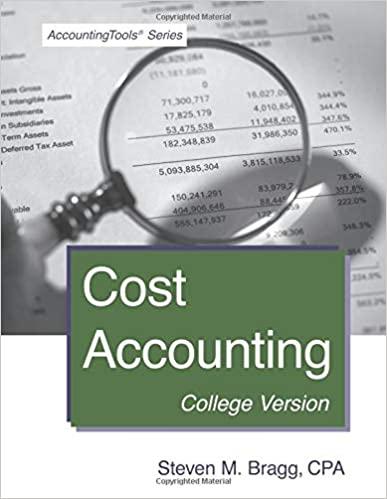Question
The gross after-tax rate of return on an investment is the gross after-tax return divided by the net cost of the investment. The net cost
The gross after-tax rate of return on an investment is the gross after-tax return divided by the net cost of the investment. The net cost of the investment is the amount invested minus the reduction in tax if the investment can be subtracted from gross income in computing taxable income. A taxpayer with a 22% marginal tax rate deposits $1000 in a traditional I.R.A., using it to buy shares in a mutual fund, and holds the shares for 25 years. When the taxpayer sells the shares at a value above $1000, the taxpayer's marginal tax rate is still 22%. Explain why the I.R.A. deposit probably earns a higher gross after-tax rate of return than if it was not deposited in a tax sheltered account, but the same $1000 was used to buy the same number of shares of the same mutual fund and held for the same 25 years.
b.[5] Suppose the mutual fund shares bought with $1000 in part a increase in value by 5% each year. What is their total pretax value at the end of 25 years? Explain how to derive the answer.
c.[5] Under the assumptions of parts a and b, compare the gross after-tax rate of return of the traditional I.R.A. deposit to the gross after-tax rate of return if the $1000 deposit were in a Roth I.R.A. and used to buy the same mutual fund shares, held for the same 25 years. Explain the comparison.
Step by Step Solution
There are 3 Steps involved in it
Step: 1

Get Instant Access to Expert-Tailored Solutions
See step-by-step solutions with expert insights and AI powered tools for academic success
Step: 2

Step: 3

Ace Your Homework with AI
Get the answers you need in no time with our AI-driven, step-by-step assistance
Get Started


